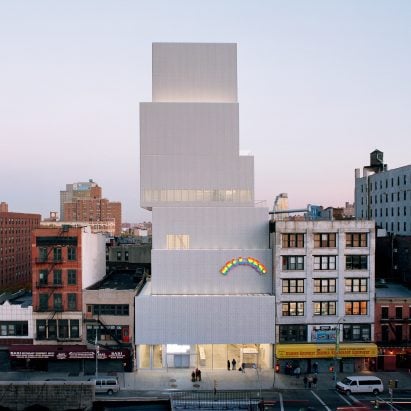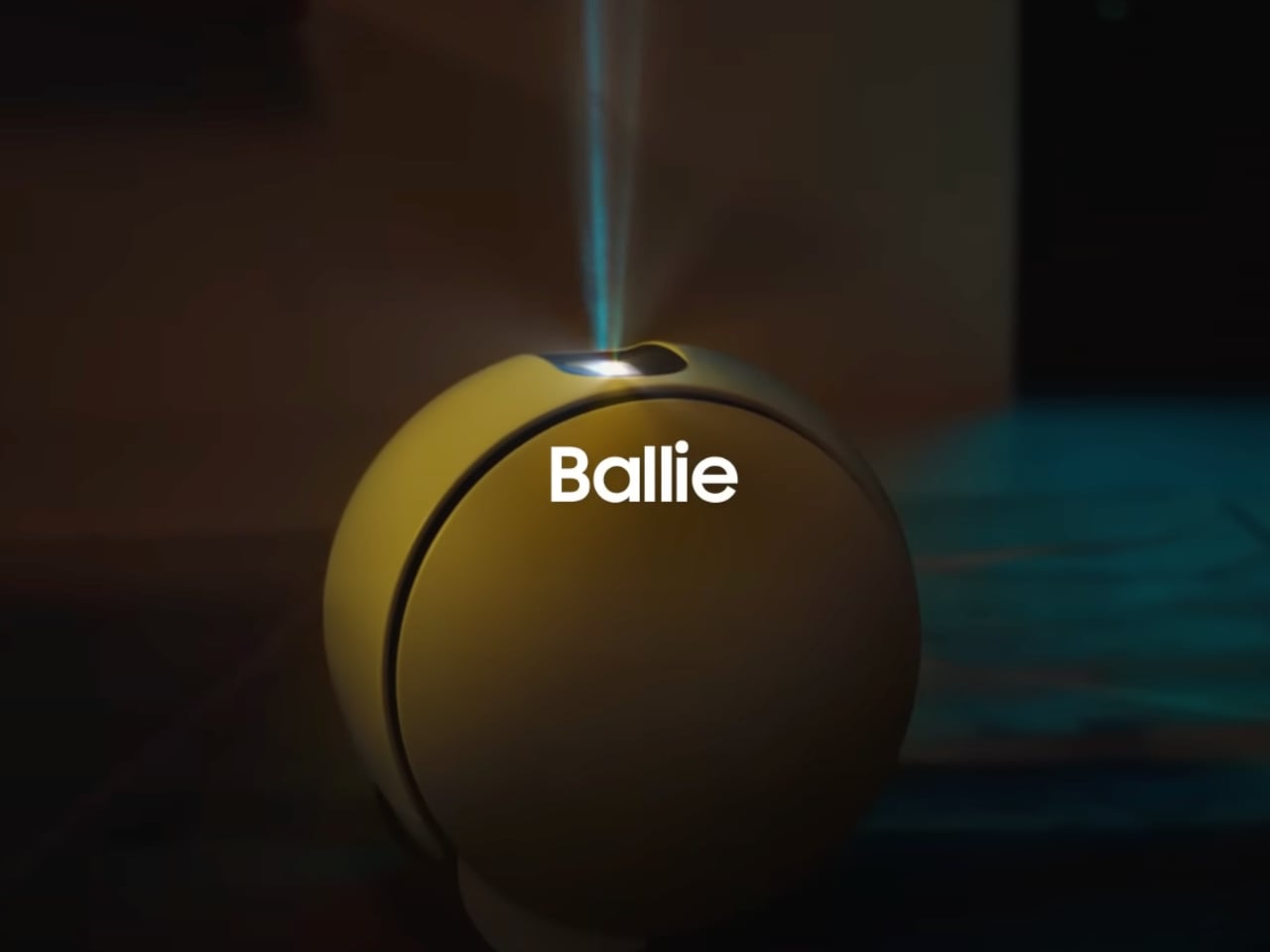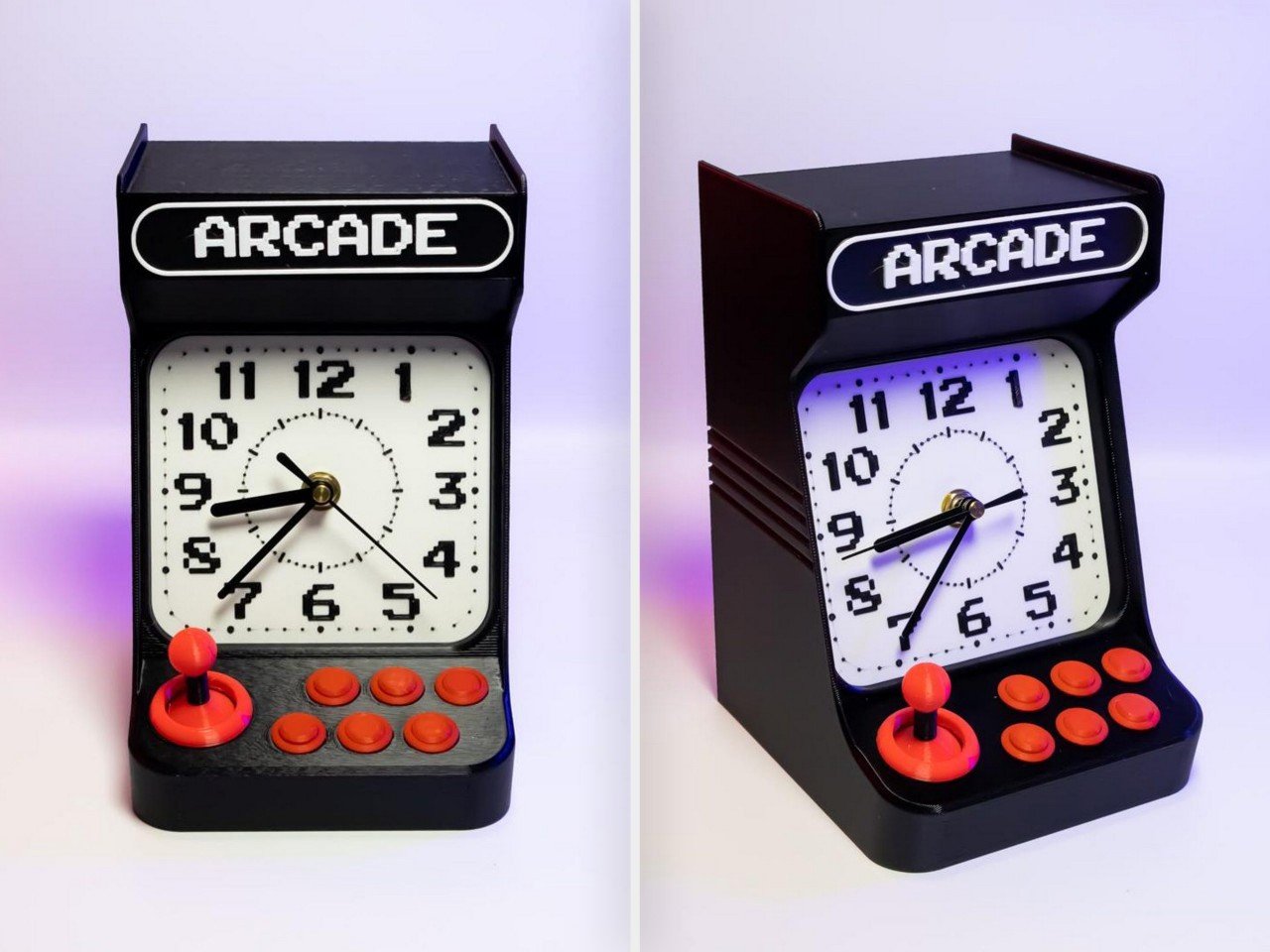www.yankodesign.com
Samsungs Ballie is an AI-powered home assistant designed to integrate seamlessly into daily life. It personalizes its responses based on user behavior while remaining connected to the broader Samsung ecosystem. With its spherical, mobile design and intelligent projection system, Ballie transforms from a passive assistant into an active participant in home life. As Samsung redefines the role of an AI home companion, Ballie represents an exciting new direction in smart living.Designer: SamsungA Design Thats Playful Yet FunctionalBallies design is as intriguing as its technology. Unlike traditional home assistants, which often take the form of stationary hubs, Ballie is completely mobile. Its a bright yellow, spherical device about the size of a bowling ball, equipped with a wheeled drive system that allows it to navigate a household with agility. The design is reminiscent of an oversized tennis ball, reinforcing its friendly and approachable aesthetic.Ballies spherical design is designed for aesthetics and functionality, enabling smooth movement and precise navigation. Powered by a gyroscopic stabilization system, it glides seamlessly across hardwood, tile, and carpeted floors. With integrated LiDAR sensors and dual 4K/2K cameras, Ballie maps its surroundings in real-time, detecting objects, pets, and people to avoid collisions. This mobility makes it a dynamic presence in the home, responding fluidly to its environment while maintaining a visually engaging, almost companion-like character.The built-in Full HD triple-laser projector sets Ballie apart from other home assistants. Instead of relying on a screen or app interface, the robot projects interactive visuals directly onto floors and walls. Whether its displaying the weather, workout routines, or even a virtual phone call interface, Ballie adapts its projection size and orientation based on the users position and lighting conditions. This seamless integration of AI and projection technology creates an immersive, interactive experience.The Intelligence That Sets Ballie ApartSamsung designed Ballie as a truly interactive home assistant. Using multimodal AI, it processes voice commands, tracks movement, and analyzes real-time conditions to assist users seamlessly. Rather than waiting for input, Ballie identifies patterns and takes action when needed.Proactive Learning and PersonalizationUnlike traditional smart assistants that rely on basic voice commands, Ballie uses machine learning to analyze user behavior. Over time, it understands daily habits, such as when the lights should dim when the coffee machine should turn on, or what kind of music should play during a workout. If a user typically watches a morning news recap at 7 a.m., Ballie will project the video onto a nearby surface without prompting.Ballies contextual adaptability is another defining feature. It recognizes when someone is working, exercising, or relaxing and adjusts its behavior accordingly. During a home workout, Ballie can project guided exercise videos onto a wall, eliminating the need to stare at a phone screen. If a user starts unwinding on the couch, Ballie might suggest a movie by projecting a trailer in front of them. This kind of seamless, anticipatory assistance is what makes Ballie more than just a rolling AI toyits a lifestyle enhancer.A Home Assistant Thats Always on the MoveBallies greatest strength is its mobility. Unlike stationary smart hubs, it doesnt wait for users to interactit actively moves to provide assistance where its needed. This is particularly useful for multi-room households where a single device might not effectively cover every space.Equipped with LiDAR and depth-sensing cameras, Ballie navigates autonomously, avoiding furniture and pets while mapping out a homes layout. The ability to patrol spaces allows it to function as a security assistant, monitoring for unusual activity and sending alerts to a users smartphone. It can also check on pets during the day, sending real-time video updates or even entertaining them with interactive projections.The foot-press virtual interface is central to Samsung Ballies hands-free interaction design, enabling intuitive control of its smart home features and projector. It introduces an unconventional but intuitive way of interacting with an AI assistant. Ballie uses its triple-laser projector to display menus, controls, or options on floors or walls, allowing users to step on virtual buttons to activate smart home features. This includes selecting a workout video, adjusting the thermostat, or triggering an appliance. The system also recognizes foot gestures like tapping or sliding to navigate menus, scroll through options, or confirm commands. By eliminating the need for touchscreens, it enhances usability in busy or hands-full situations, such as cooking or exercising.Samsungs Ecosystem IntegrationOne of Ballies strongest advantages is its seamless integration with Samsungs SmartThings ecosystem. Unlike standalone smart devices, Ballie functions as an orchestrator, managing and automating everything from lighting to kitchen appliances.If a user starts cooking, Ballie can project a step-by-step recipe onto the counter while simultaneously adjusting the kitchens lighting. If it detects a dimly lit room, it can increase brightness automatically. The AI-driven automation extends to security as wellBallie can lock doors, check windows, or even notify users of a forgotten appliance.The Competition and Where Ballie StandsSamsungs Ballie isnt launching into an empty market. The home robotics space has seen various attempts at AI-driven assistants, including Amazons Astro and LGs Q9 AI robot. However, Ballie differentiates itself by focusing on proactive assistance rather than passive monitoring or emotional engagement.Astros focus is largely on home security, patrolling spaces, and sending alerts, while LGs Q9 is built for emotional interaction, mimicking human expressions. Ballie, on the other hand, blends smart home automation with entertainment, projection-based interactivity, and true proactive intelligencea combination that no competitor currently offers.Challenges and Considerations: Despite its impressive AI capabilities, Ballies success isnt guaranteed.Pricing Concerns: Samsung has yet to reveal an official price, but speculation suggests it could compete with Amazon Astros $1,599 price tag. If priced too high, adoption may be limited to early adopters and tech enthusiasts.Privacy Issues: With built-in cameras and always-on microphones, Ballie could raise concerns about surveillance and data security. Samsung assures that local processing minimizes data collection risks, but consumer skepticism remains.Real-World AI Performance: While Ballies demo videos showcase impressive capabilities, real-world reliability remains untested. AI-driven automation must prove itself in unpredictable home environments.Final ThoughtsSamsung Ballie is a fun and intriguing concept that redefines AI companionship in our daily lives. By seamlessly integrating mobility, interactive projection, and proactive learning capabilities, Ballie transcends its novelty and positions itself as a truly remarkable device. If Samsung successfully fulfills its promise, Ballie has the potential to herald a new era of intelligent and genuinely helpful home robotics.The question remainswill Ballie live up to the hype? That will depend on real-world performance, pricing, and how well Samsung refines its AI algorithms before launch. But one thing is clear: Samsung is betting big on a future where home assistants arent just smart speakers or screenstheyre mobile, aware, and adaptive companions that enhance daily life in ways weve never seen before.The post Samsung Ballies The Rolling AI Robot That Wants to Run Your Home first appeared on Yanko Design.












